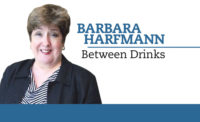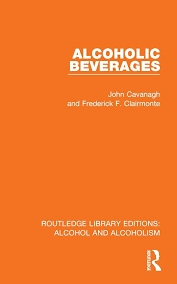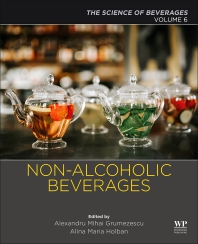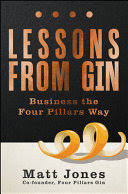Supplemental Marketing
Virtual tastings, events and go-to online marketing engages consumers
Beverage brands drive sales through website, DTC
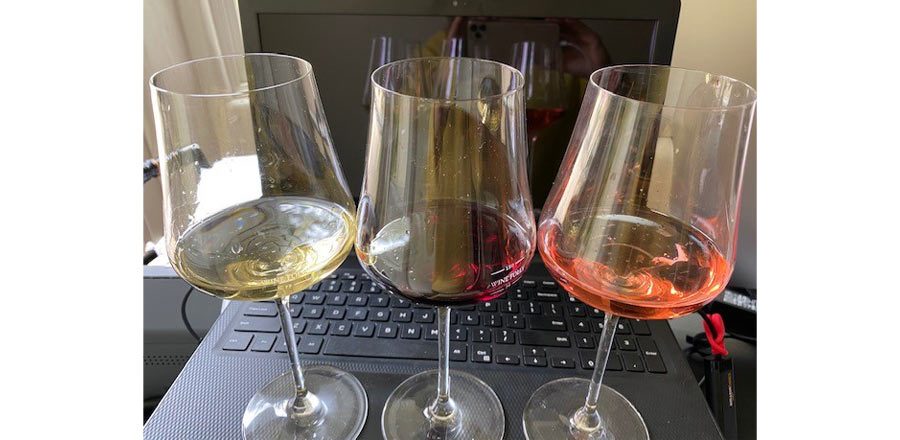
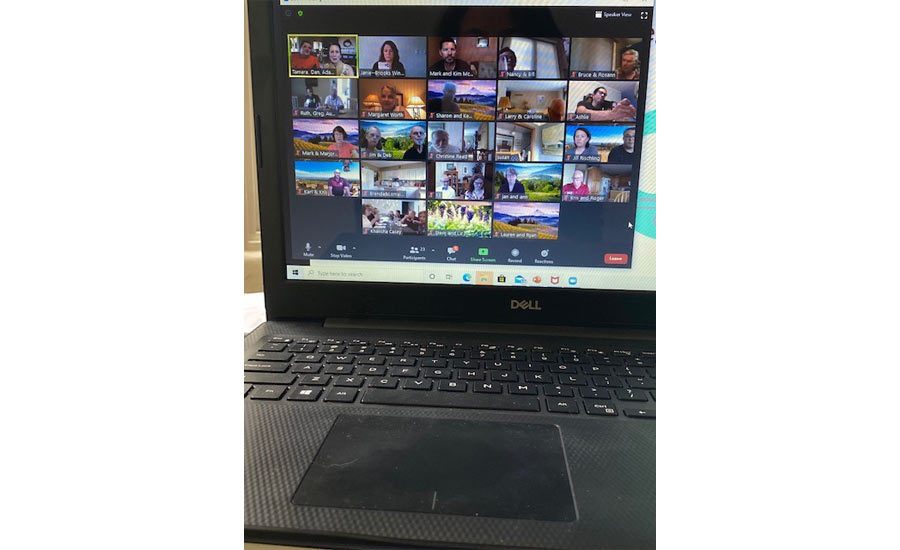


Airing on PBS from 1972-1978, Zoom, the educational children’s TV show with an all-kids’ cast, featured the catchy theme song “Zoom:” “C’mon and ZOOM, C’mon and ZOOMA, ZOOMA, ZOOMA, ZOOM. We’re gonna show you just why, we’re gonna teach you to fly.” Amid a pandemic, the term “Zoom” has taken on an entirely new meaning as the video conferencing platform is being used as a go-to tool for teaching, learning and hosting virtual marketing events, tours and tastings.
For wineries and independent craft spirit and beer producers, taprooms, tasting rooms and tours have long encouraged trial and experimentation, helping these entrepreneurs become beacons of community and camaraderie. Yet, to drive sales during the past six months, beverage brands have been forced to pivot and use other avenues such as eCommerce and direct-to-consumer (DTC) shipping with overall positive results.
New York-based Nielsen reports that the year-over-year growth rate for total off-premise retail alcohol dollar sales within its measured channels were up 17.5 percent for the week ending Aug 1. For the same timeframe, spirits continued to lead growth, up 29 percent, while wine grew 17.3 percent in dollar sales. Beer, flavored malt beverages (FMBs) and cider growth was up 13.9 percent. Core beers generated increased dollar sales of 7.8 percent.
Philadelphia-based goPuff has seen a significant uptick in craft beer suppliers embracing its consumer technology platform that caters to consumers’ instant everyday needs.
“Since March, goPuff has added 137 new craft beer SKUs to our assortment,” says goPuff’s Director of Alcohol Randy Ornstein. “Craft beer has also seen the biggest growth of any alcohol class on goPuff, including wine and spirits, with average weekly sales having grown by nearly 250 percent compared to the five months prior.”
As companies increase DTC shipping, goPuff continues to assist local craft breweries in their respective home markets. In fact, it recently partnered with New Belgium Brewing to package beer in 32-ounce Crowler cans for purchase on goPuff.
“Over the past three months, goPuff has sold four different New Belgium brews, each of which have sold out in about 24 hours,” Ornstein says.
Pummeled by COVID-19
Although some alcohol companies are seeing double-digit success with eCommerce, many restaurants, bars and on-premise establishments are facing hundreds of thousands of revenue losses in an absolutely dismal year.
In fact, the world’s top U.S. beer, spirits, Champagne and wine brands could lose up to $33 billion of brand value cumulatively as a result of COVID-19 pandemic, according to the Brand Finance Alcoholic Drinks 2020 report. The report suggests that beer brands face a potential 20 percent brand value loss, while spirits, Champagne and wine brands face a potential 10 percent brand value loss. Beyond alcohol drinks, the value of the 500 most valuable brands in the world could fall by an estimated $1 trillion, it adds.
Carolyn Lemoine, director of alcohol research for New York-based Beverage Marketing Corporation (BMC), notes that the impact of COVID-19 in the U.S. has brought about a complete reversal in recent positive trends for craft beer, as the once-thriving microbreweries have suffered tremendously, while the large national craft brands have had more positive off-premise sales trends.
“Unfortunately for the small batch/taproom business model utilized by most microbreweries, state mandated ‘stay-at-home’ orders forced the closure of these establishments, dealing a devastating blow,” Lemoine says. “Local breweries have been dealt a double whammy when it comes to their wholesale business, as they have lost both sides of their business.”
Operators are working hard to stay afloat, with deliveries of beer with meals, Trivia nights over Zoom, the use of growlers, no-contact curbside pickup and help from government’s temporary suspension of excise tax collection/loan payments, she adds.
For smaller beverage brands, the impact of COVID-19 isn’t just about dollars and cents. It’s about fostering connection while giving back.
From March 17 thru May 31, Brooks Winery in Amity, Ore., saw its shuttered tasting room face losses of 29 percent, or $137,000, versus last year’s tasting room revenue of $617,056, says Janie Brooks Heuck, managing director of the winery. At nearly $570,000, distribution is down 43 percent, while eCommerce, telemarketing and virtual tastings, along with a 2,000-member wine club, have had to shoulder more responsibility for engaging its loyal customers and driving sales.
“We are using a strategy to engage our community by sending weekly emails that are not sales driven — they are intended to be inspirational, educational and entertaining,” Brooks Heuck explains. “They are written by me, and our open rates average 35 percent (18,000 email list). I receive 20-plus emails from each one and we sell a substantial amount of wine.
“Customers appreciate the messaging and are fatigued by so many other wineries constantly emailing with another deal on their amazing wine,” she continues. “This is a long game, and building your community and loyalty is key versus discounting your product and over-emailing/offering. You can only fatigue your list so much.”
Set to embark upon the fourth quarter — the busiest quarter for distribution — Brooks Heuck estimates winery losses of $900,000 over last year. “All of our focus is going to what we can control — direct-to-consumer sales,” she says. “It takes a lot of DTC to make up for the pallets that shipped through distribution.”
Founded in 1998, the Willamette Valley winery produces 20,000 cases a year across 60 SKUs, including Rieslings, Pinot Noirs, rosés, whites and reds. The winery’s Garden & Estate Experience, which enables consumers to sip wines as they stroll through the produce gardens, biodynamic gardens and insectaries, also decreased capacity, she adds. However, the winery now is open for wine tastings and food service in a limited 25 percent capacity.
Deep-diving virtually
As consumers remain homebound, virtual happy hours, tastings, tours and events have seen an uptick of online traffic. Unable to attend the annual Tales of the Cocktail event in New Orleans, William Grant & Sons launched “Thinking of NOLA” — a mission to make sure NOLA bars felt some love from afar. Brand ambassadors set up open bar tabs, enabling revelers to safely stop by bars for some refreshing cocktails to-go. Ambassadors also cheered on the bartenders on a live Instagram takeover.
On National Rum Day (Aug. 16), Equiano Rum Co. Co-founder Ian Burrell hosted a live Equiano tasting session on Facebook Live. Ahead of the Live Sip Session, Equiano Rum offered a 10 percent discount, and Burrell’s Cocktail Masterclass guided viewers through the making of three of Equiano’s signature drinks.
To date, Brooks Winery has hosted 30 virtual events, with revenue at $35,000, Brooks Heuck states.
“We have done events with wine and suggested cheese and charcuterie to pair, as well as partnered with a company to provide a cheese and charcuterie platter,” she says. “Each event is typically three bottles of wine and a slide show.
“… Success happens before they begin, as they all purchase wine for the virtual tasting event,” she says. “Audiences are given a special discount code for follow-up purchases, so we know how much they are buying. It’s a way for wine club members, friends, etc., who live apart to get together.
Looking for a reprint of this article?
From high-res PDFs to custom plaques, order your copy today!





